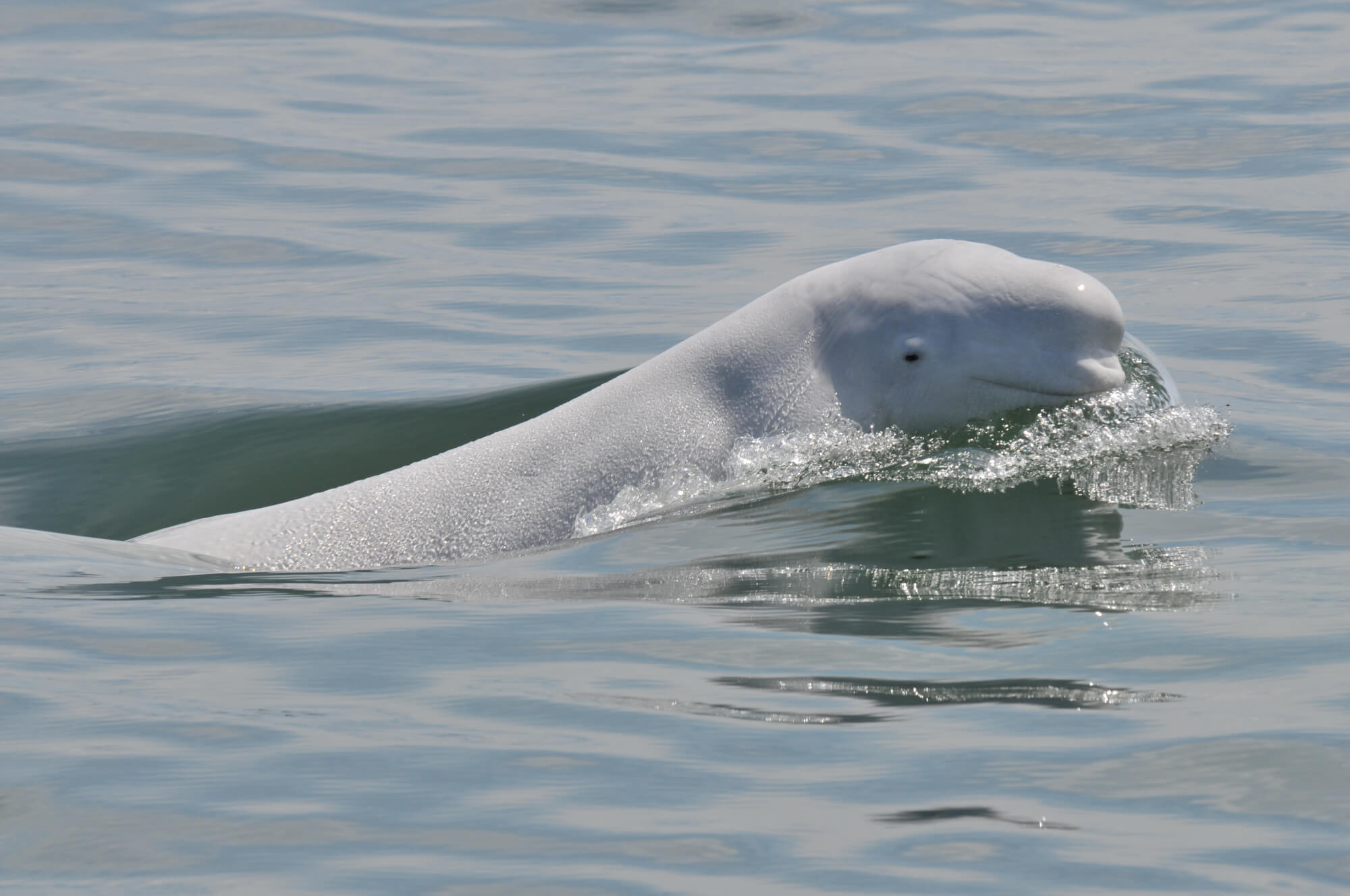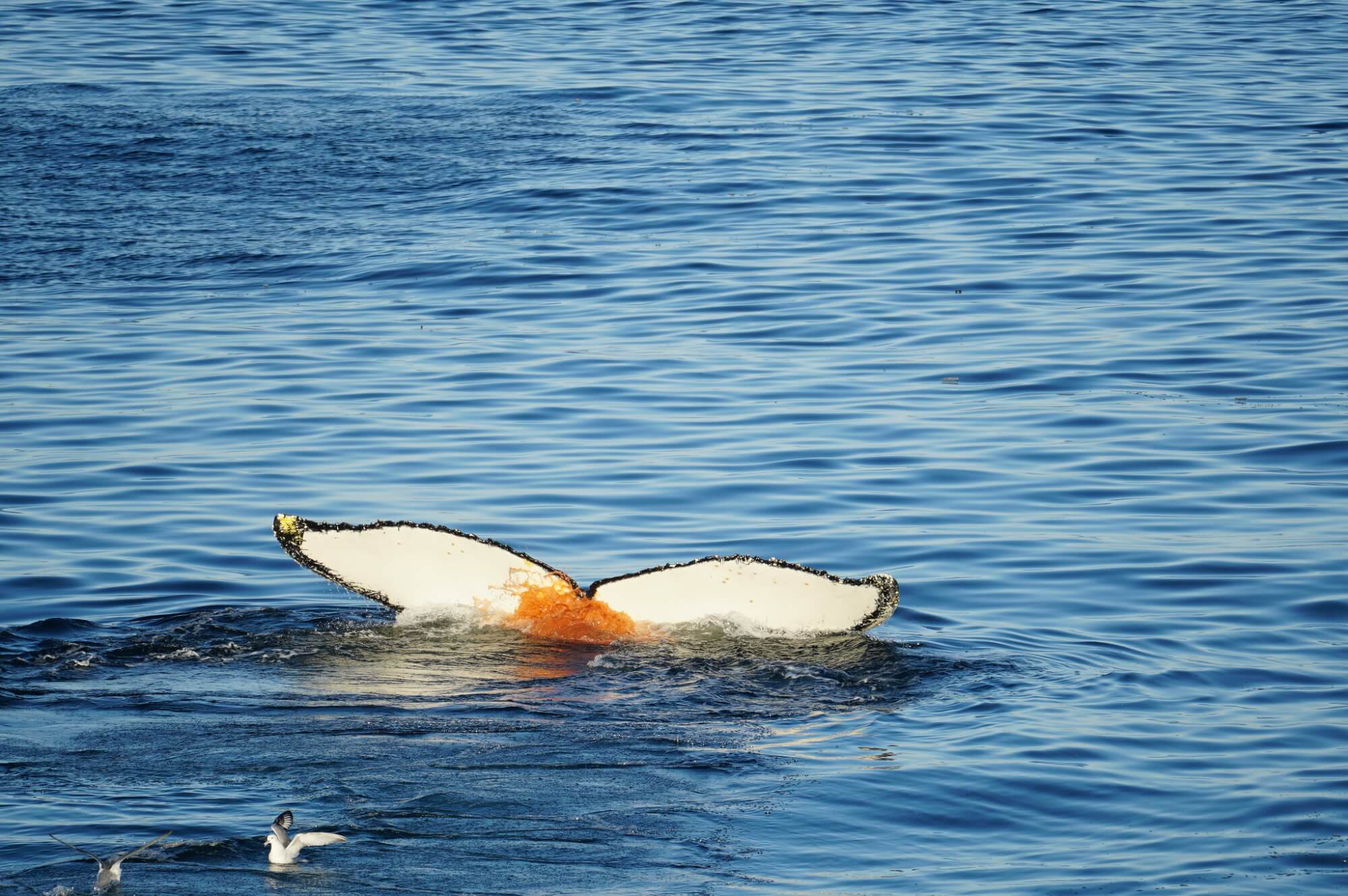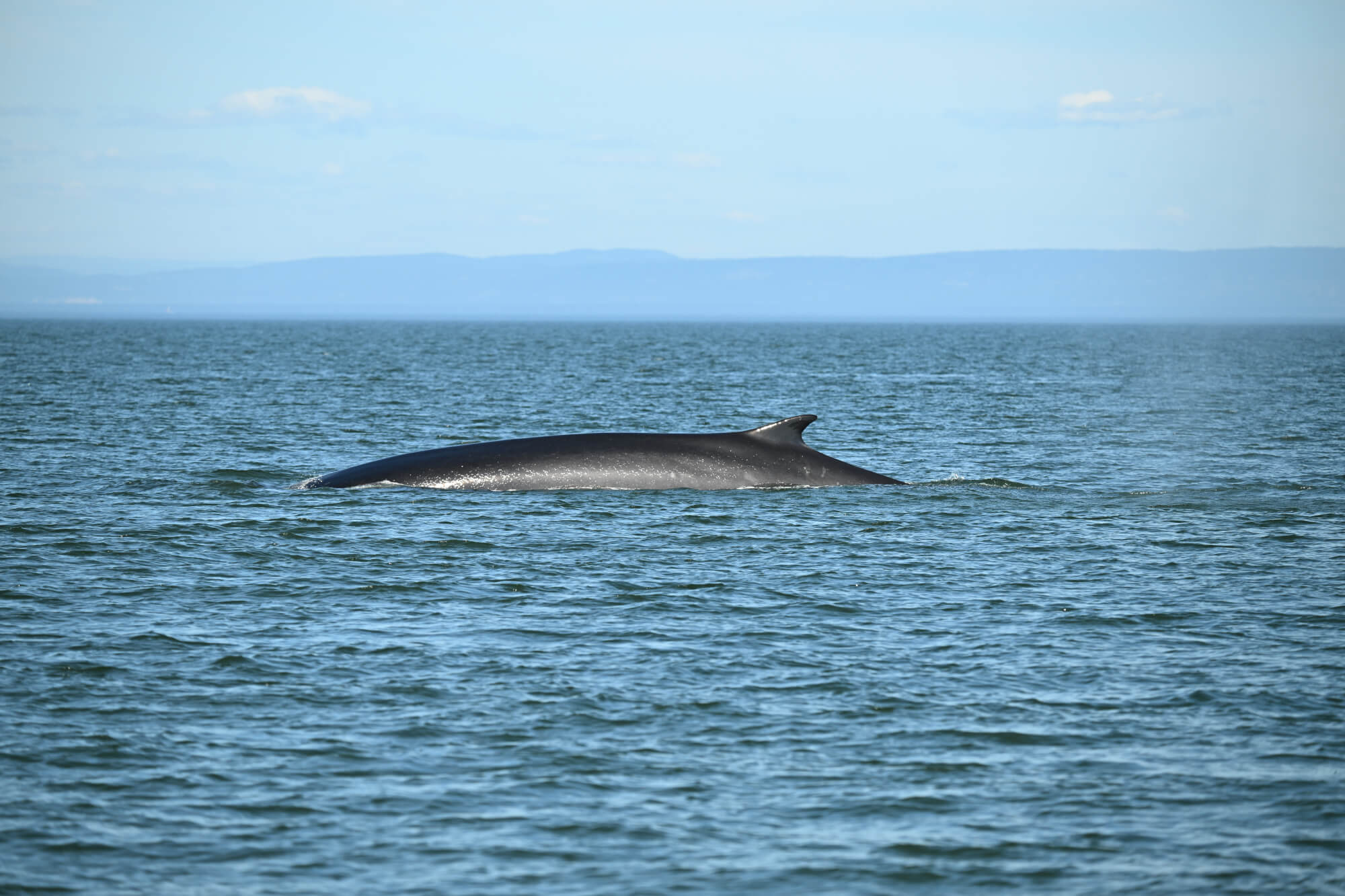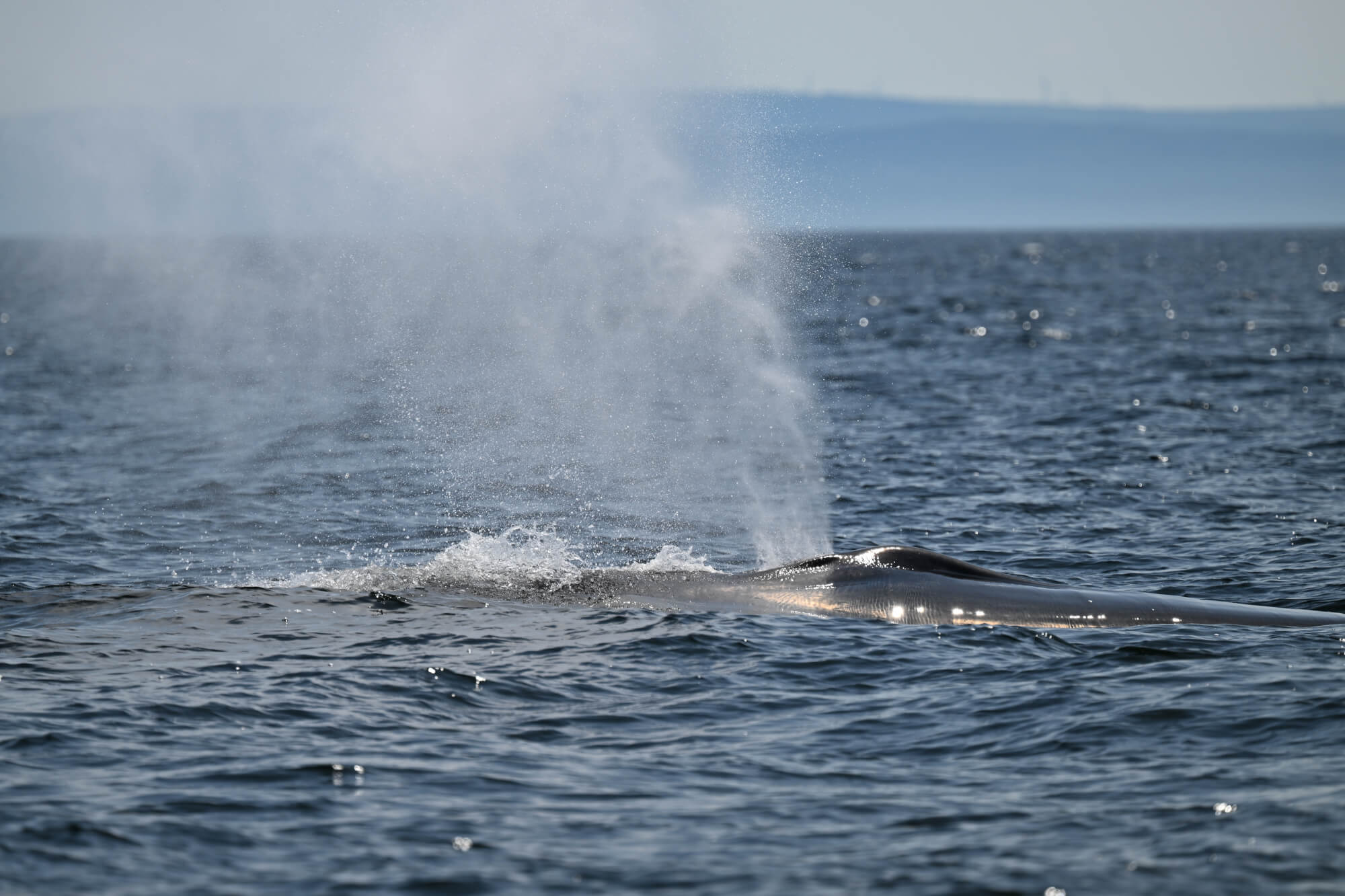The Department of Fisheries and Oceans Canada, together with numerous collaborators, has produced an action plan entitled “Impact of noise on the Beluga Whale at risk in the St. Lawrence Estuary”. This plan aims to provide tools for the recovery of the St. Lawrence beluga as well as other at-risk or endangered species such as the blue whale, fin whale and North Atlantic right whale. As its name suggests, the plan specifically targets actions to reduce the impacts associated with noise generated by human activities. Prior to adoption, the public is invited to submit comments on the actions being proposed.
You can therefore participate in the consultation process through September 22.
You can email your comments to the following address: SARA/[email protected]. Or you can send them by mail to:
Director
Species at Risk Program
Fisheries and Oceans Canada
200 Kent St.
Ottawa, ON K1A 0E6
To view the action plan, click on this link: https://www.canada.ca/en/environment-climate-change/services/species-risk-public-registry/action-plans/beluga-whale-st-lawrence-estuary-2019-proposed.html





